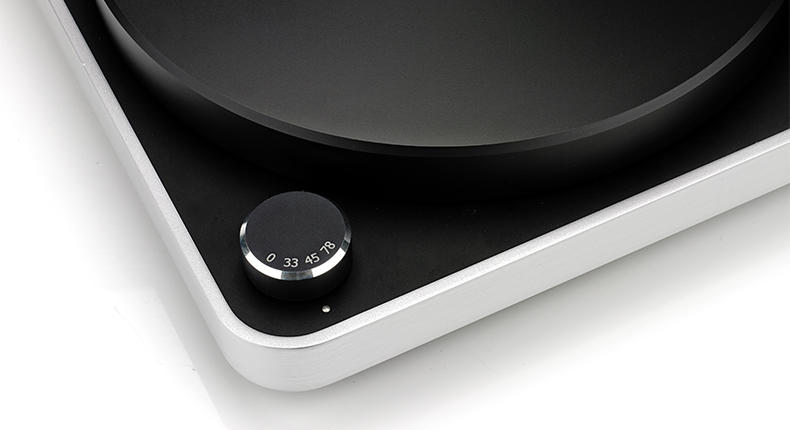Just Keep Spinning
by Venoth Nair

Moving on further in this second instalment of my take on the what, why and how of turntables, we will further examine your options thus far. After you’ve determined that you have the needed basics to take the plunge with turntables come the exhilarating and somewhat treacherous point in the road to vinyl bliss, the hunt for the actual turntable itself. Before you grab your keys and head out to the nearest audio store, it’s good to get a little knowledge down first to keep things in perspective when making your first purchase. The road starts with knowing the main components that come together to give you a working turntable.
A Turntable is comprised of 5 key components. These components are the plinth, the platter, the tonearm, the cartridge and the motor. Let’s look into these 5 key components separately to give you a better understanding of the roles that these pieces play and how selecting the right kind of component can lead to improved audio performance. All these components are always bundled together in a typical turntable, but some are interchangeable and knowing their functions and limitations helps you to make a more informed decision when selecting a spinner to call your own.

We start with the plinth which is basically the body of the entire turntable. It is on this surface that all the components including those black vinyl discs lay on during operation. Besides providing a home for all the moving parts, the plinth also helps to stabilise and anchor down all the individual components. A turntable has many moving parts and all the movement generated can lead to vibrations which as we all know all too well, can be detrimental to achieving a good sound. When selecting a turntable, depending on your budget, look for a plinth design that has structural elements which provide stability. Most budget record players have a plain plinth which resembles a thick piece of flat wood, which is fine, but if your wallet allows it, invest in a solid plinth design.
Moving on, we look at the platter which is a round thick disc which is where your vinyl disc sits on during playback. All platters are designed to be highly stable and provide an inert surface to spin the vinyl disc. This is important as all information on the vinyl is picked up by the stylus during contact with the disc and any minute movement which is not from the disc itself will distort and disrupt playback. A proper slip mat is also crucial as this surface material cushions the disc on the platter and prevents the disc from slipping while in motion as a vinyl disc must spin at the correct speed to be able to reproduce the music at its correct timing.

The motor on a record player is responsible for the motion that mesmerizes us listeners when the deck is playing a piece of vinyl. A motor system can come in two possible varieties which is a direct driven system and an indirect system. An indirect system which is commonly a belt driven system is the more popular method as it is cheaper than a direct driven motor. There is also a sonic preference to this method as the vibrations that may be caused by the motor is somewhat separated due to the belt which isolates the motor from the platter. A direct driven system which may be more pricey because its rotational accuracy requires a serious amount of engineering to properly secure and allow for speed control contributes to the higher price.
The means in which the motor functions also gives turntables the ability to spin at different speeds which is commonly the 33.33 and 45 revolutions per minute (RPM) with some models even supporting 78 RPM. Belt driven systems either require manual switching where the belt is moved on to differing sized pulleys to achieve the different speeds or can be selected and adjusted using other mechanical means which do not require much tinkering. The suitable RPM required for playback is always indicated on the vinyl discs so do take note of this when playing a record.
Nevertheless, for all intents and purpose most LP vinyl, unless stated otherwise, spins at 33⅓RPM.
The next two components which are the Tonearm and the Cartridge will be looked at in the upcoming article so do stay tuned if your eager to learn more about turntables and what you need to understand before making a choice. After all, knowledge is power, and you will need plenty of it when making a decision on your future turntable.
